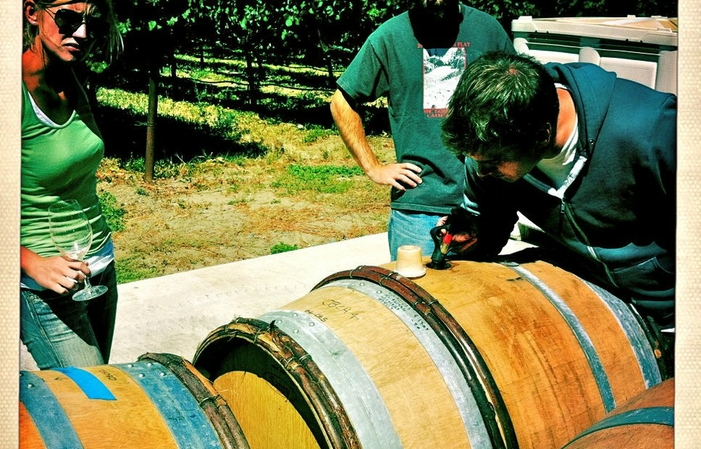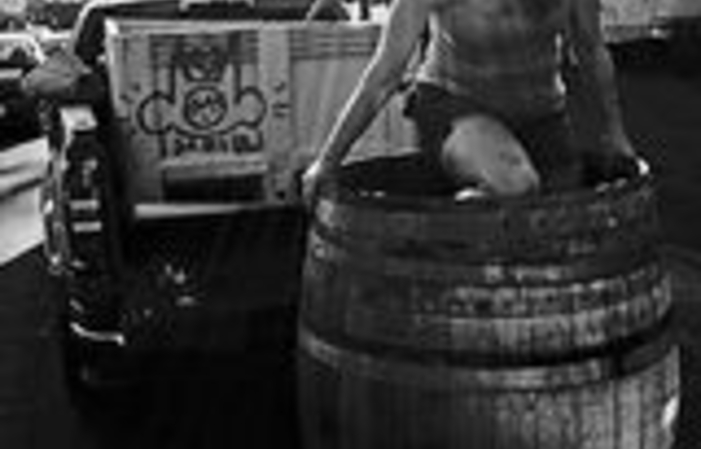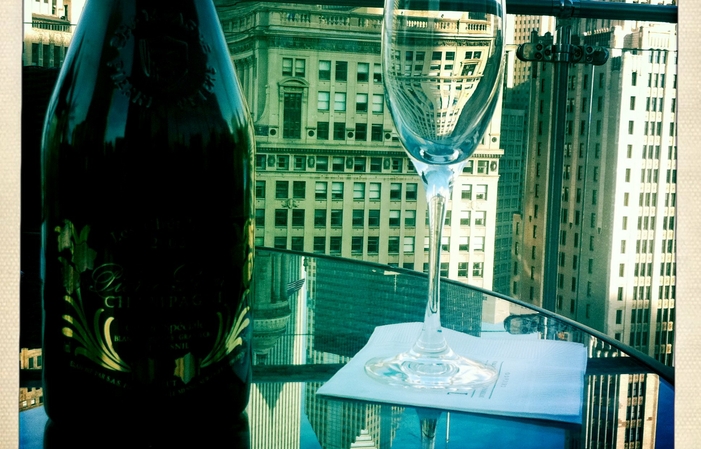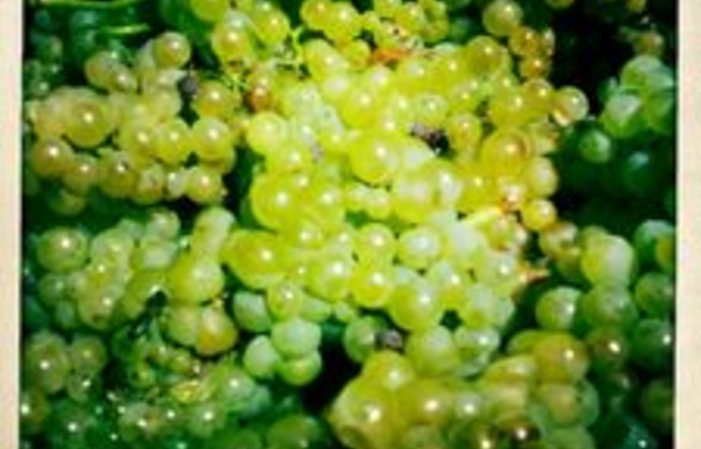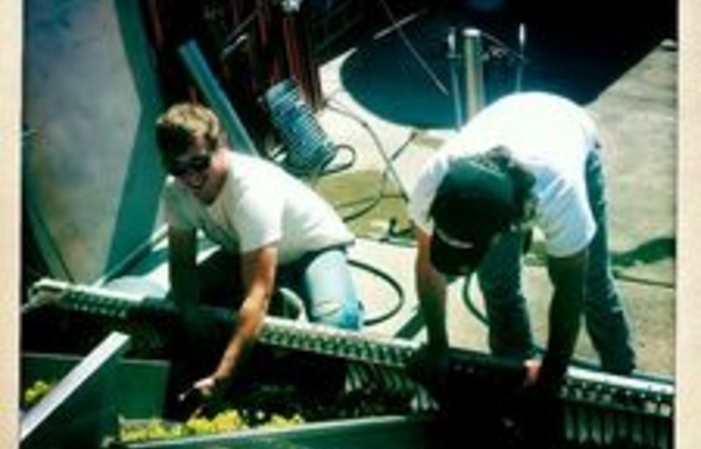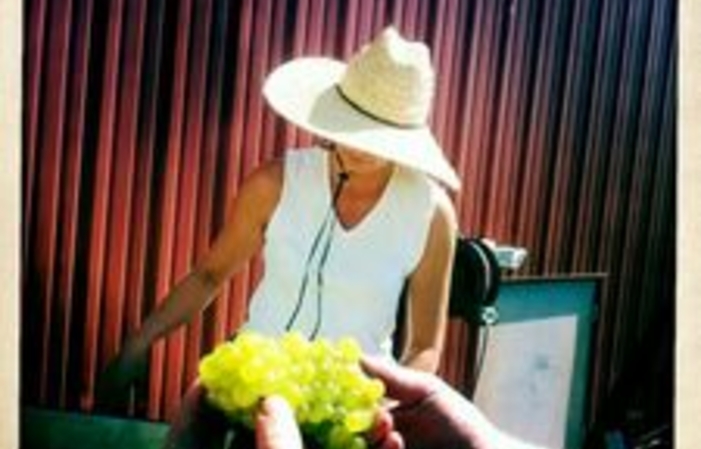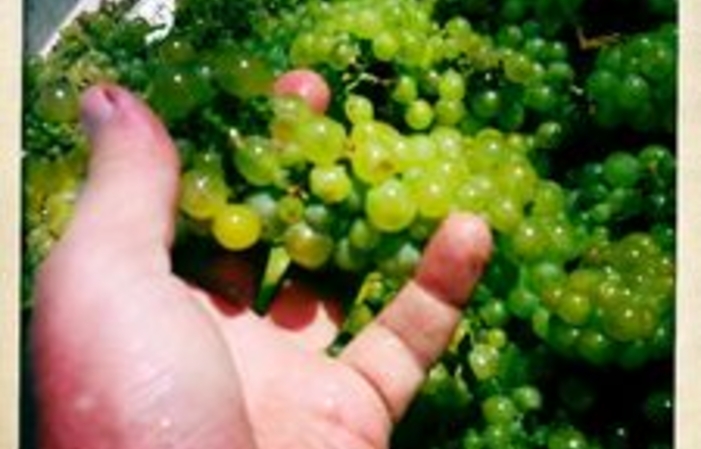Description
In 1998, I took a sabbatical at St. John's College, where I had been teaching for nine years, and began an internship at Stag's Leap Wine Cellars.
While I was there, I met John Kongsgaard, whose son and daughter were both about to go to university and interested in St. John's. I didn't even intend to learn how to make wine, but John seemed to have a wisdom between Socrates' and Merlin's, and it was hard not to want to become his pupil. Even at this point, making wine wasn't in my mind. I wanted to learn how to grow grapes and make picking decisions. What happened next would be in someone else's hands.
At Luna's: Kelly Wheat, Michael Mcdermott, abe, and a good amount of 2001 syrah on the ground
I made my first wines at Luna Vineyards under John. Nothing expected happened after this point. I continue the story here.
We would be delighted to welcome you to make you discover the estate and its history and the work done to develop our wines!
Looking forward to seeing you again
Rules and conditions
The visits at 1€ mean that they are carried out free of charge by the winemaker. This amount is requested to ensure the seriousness of your request and avoid the winemaker to block a visiting slot unnecessarily.
In case of unforeseen events, we thank you for cancelling your visit to the platform and/ or notifying the winegrower directly.
Reservation policy
Cancellation policy: : Strict
Products offered for tasting:
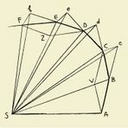
The scholium Pro Professional seller
The plot is a subdivision of the Wilhardt estate, named after the German immigrant Louis Wilhardt who bought several acres north and east of downtown around 1830, where he planted grapes and built a winery.... See more
The plot is a subdivision of the Wilhardt estate, named after the German immigrant Louis Wilhardt who bought several acres north and east of downtown around 1830, where he planted grapes and built a winery. This is absolutely remarkable and little known: Los Angeles was the center of viticulture in the United States until about 1900, and one of the most important wine regions in the world. German and French immigrants came here from the 1830s to cultivate vines and make wine, attracted by the hot and dry climate, the irrigation offered by the river and the gravelly alluvial soils on its banks. In the 1880s, there were hundreds of acres of vines and new Americans from around the world made (and exported) millions of gallons of wine to what is now the city of Los Angeles. Wilhart built a winery at the corner of the plot, just a few hundred meters from where we want to restore winemaking by the river. Vine cultivation declined rapidly after the Atchison, Topeka and Santa Fe Railroad reached Los Angeles in 1885. The connection led to remarkable population growth in the city and transformed the farmland adjacent to the river into a vast district of warehouses for freight entering and leaving the rails. Within two decades, almost all viticulture had moved eastwards to the Pomona region and north to Napa and Sonoma. The Vineyards, north and south There are amazing wineries all over Southern California, that's part of the attraction for us. There are still traces of the original vineyards - not downtown itself, but in Ontario, east of the city - where many champions of agriculture and winemaking moved their vineyards as the city quickly replaced farmland with warehouses. It's another wonder of the south: there are nearly a hundred hectares of vineyards to the east of the city, planted on their own roots that date back to before Prohibition and more. San Diego County has amazing high-altitude vineyards on severe rocky soil, also almost unknown, and a small amount of very old vines. There are also treasures to the north and west of the city, in the mountains that lead to the sea and in the high deserts. So much to explore and reveal! And finally, there is an ancient and remarkable tradition of vine cultivation and winemaking in the mountains immediately south of the border, in Mexico, but especially in the Guadalupe Valley, which stretches from the north of Ensenada. The estate will become a kind of center of gravity for all these very disparate areas, and offer a unique place to see what the vineyards of the South are capable of. But we will not focus exclusively on the South, the vineyards that have been our foundation in the North are too precious, too particular. For the first few years, we will continue to produce our Northern California wines: Prince, Sylphs, Babylon, FTP, Pergamos, Ciliegio, in Tenbrink in the Suisun Valley. We will eventually have the choice of bringing the fruit to the south of the city or continuing to make the wine to the north. The time is very far away. Our intention is to remain dedicated to small, idiosyncratic and excellent sources of fruit at every end of the state. In 1998, I took a sabbatical at St. John's College, where I had been teaching for nine years, and began an internship at Stag's Leap Wine Cellars. While I was there, I met John Kongsgaard, whose son and daughter were both about to go to university and interested in St. John's. I didn't even intend to learn how to make wine, but John seemed to have a wisdom between Socrates' and Merlin's, and it was hard not to want to become his pupil. Even at this point, making wine wasn't in my mind. I wanted to learn how to grow grapes and make picking decisions. What happened next would be in someone else's hands. At Luna's: Kelly Wheat, Michael Mcdermott, abe, and a good amount of 2001 syrah on the ground I made my first wines at Luna Vineyards under John. Nothing expected happened after this point. I continue the story here. See less

- ID Card:
- Email:
- Already rent:

